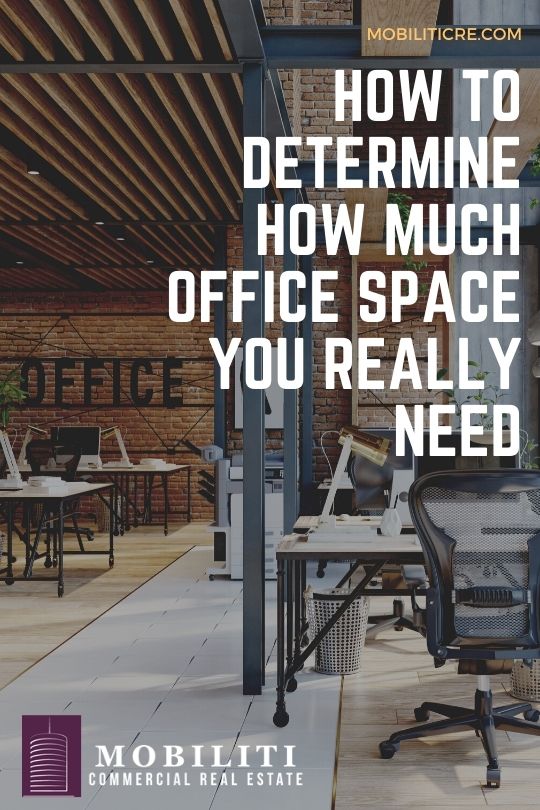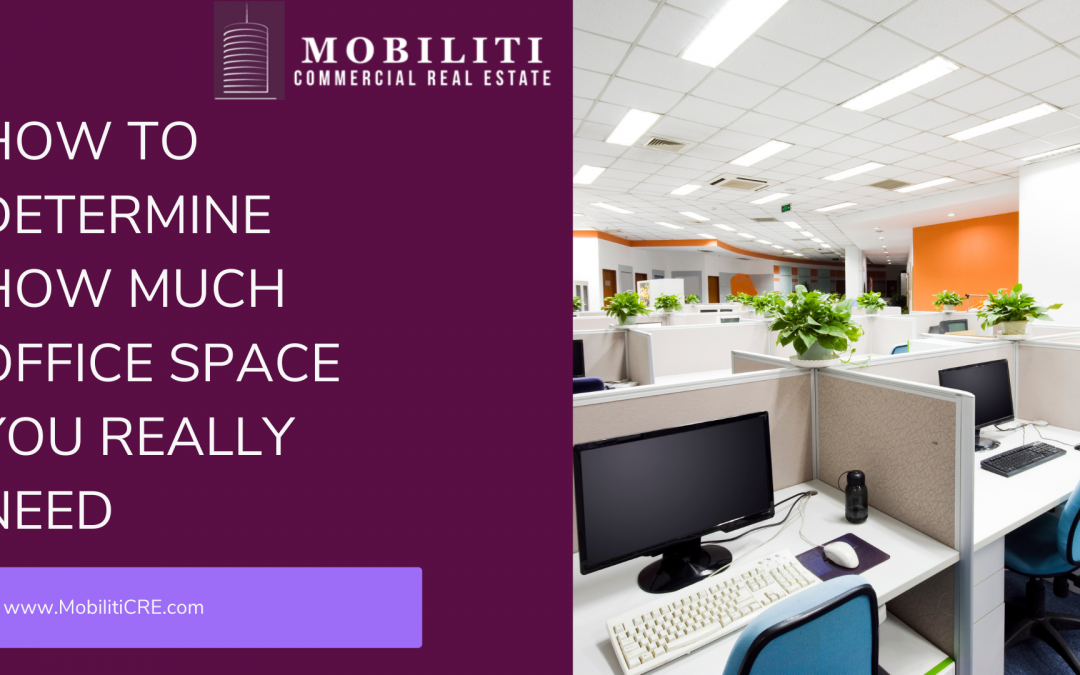When you are considering an office move there are several steps you should take to ensure that the entire process is as smooth as possible. In previous weeks we discussed the importance of reviewing key provisions in your existing commercial real estate lease and the need to establish a team, a timeline, and a budget. Once you have completed those steps, you are ready to determine how much space you actually need.
-
Poll Key Personnel
To determine how much space is necessary, begin by polling key personnel and the heads of various divisions to determine how your existing space functions. There should be a discussion regarding your current layout, what works well and what should be modified based on changes to your organization, industry, etc. Size is a key consideration, but sometimes less is more if you are providing optimal design efficiency.
-
Controlling Rental Costs
There are essentially two ways to control rental cost:
- Minimize the cost per square foot;
- Minimize the amount of space leased. Many companies focus solely on price per square foot and end up leasing excess space.
Even in a market favoring tenants, there is a limit to how low a rate a landlord will offer. By reducing unnecessary office space by 10 or 15 percent, your company can significantly reduce the total rent amount. Tenants often find that a high-quality office building ends up saving them money even if the cost per square foot is higher. This is because modern, higher-quality spaces are created with ergonomic principles designed for greater space efficiency.
-
Benchmarks: Square Footage Per Person
Use a benchmark of 200 rentable square feet per person to get started. That is equivalent to a 14×14 bedroom. Considering that a mid-sized cubicle is only 8×8 or 64 square feet, 200 might sound excessive, but that includes space for hallways, walkways, conference rooms, and a kitchen.
If your budget is tight, reduce the square footage to 125 square feet for a high-density open layout. Feel free to visit www.mobiliticre.com and click on the Resources tab in the top right of the home page then click on Office Space Calculator. This will give a rough idea of how much space you will need. Note you will need to know the common area factor for the building (See below).
Related: Do These 5 Things Before a Major Office Move
-
Have a Furniture Dealer Lay Out The Space

It can be difficult to imagine how much space your staff needs. Fortunately, there is a free and easy solution. Most potential landlords can provide you with an empty architectural floorplan or CAD file. This floorplan can be taken to an office equipment dealer, who will lay out an office plan for free in the hope of earning your future business. The floorplan can then be manipulated on a computer using an image editor like Photoshop.
-
Review Loss Factors to Compare Each Building’s True Overall Cost
One of the most significant areas impacting the size of space you need and therefore your overall cost of occupancy has to do with the loss factor of one space versus another. With the exception of single-tenant office buildings, flex or industrial space, most multi-tenant office buildings have a loss factor. Most commercial leases define the leased premises in terms of “rentable” square feet. Tenants often focus on the rental rate for those square feet. However, it is important to understand how the rentable square footage number was calculated and to compare potential spaces on a true “apples to apples” basis by calculating the “usable” square footage of a space.
-
Comparing Usable to Rentable Square Footage
While a lease will commonly only reference the rentable square footage of the premises, the tenant’s broker should also determine the usable square footage of the premises. Usable area is considered the space that a tenant can personally occupy (as opposed to shared common areas).
Useable square footage is measured from interior wall to interior wall of the leased premises. Usable square footage does not include common areas such as shared restrooms, the building lobby, stairwells, janitorial rooms, mechanical rooms or hallways. For tenants leasing an entire floor or multiple floors, the usable square footage of their premises would include the hallways and restrooms exclusively serving their floor(s).
The rentable area of a premises is broader than the useable area and includes a tenant’s share of space in the building deemed beneficial to the tenant even though the tenant does not have exclusive possession of such space. The rentable square footage of a leased premises includes the tenant’s share of the building’s common areas such as lobbies and other non-rentable space such as mechanical areas, bathrooms and staircases.
Rental rates are typically quoted on the basis of rentable square footage. Operating costs, taxes and insurance costs are usually based on rentable square footage as well. The increase in a premises’ square footage above the area that a tenant exclusively controls is often referred to as the “load factor,” “loss factor” or “add-on factor.”
For example, consider a building that contains 300,000 square feet of floor area, of which 260,000 square feet is an area that can be used and occupied by tenants and 40,000 square feet is the common area (common restrooms, lobbies, hallways, utility rooms, etc. The 40,000 square feet of the common area is spread over the 260,000 square feet of usable area to determine the building’s loss factor. In this case, the building’s loss factor would be 15% (300,000/260,000 or 15%. A 15% load factor would mean that a space with a usable area of 30,000 square feet would have 34,500 rentable square feet (30,000 x 1.15 = 34,500).
A building with a low load factor can save a tenant money (or provide a tenant with more usable square feet) as compared to a building with a high load factor.
The implications of a higher load factor are easiest to observe through an example. A tenant is considering two offices in two different buildings. Option A is an office of 5,000 rentable square feet in a building with a loss factor of 20 percent. Option B is an office of 5,000 rentable square feet in a building with a loss factor of 15 percent loss factor. Both options specify 5,000 rentable square feet and an identical rental rate. However, a savvy tenant broker would calculate the usable square footage of Option A versus Option B. Option A contains only 4,166 usable square feet while Option B has approximately 4,348 usable square feet. While the rent for both locations is the same, the tenant gets an additional nearly 182 square feet of usable space in Option B.
Tenants should be careful to compare the rental rates of prospective premises on the basis of usable area, since that is the space that they will have the exclusive right to use and occupy for their business. An “inefficient” building with a high loss factor can cost a tenant more per usable square foot than a tenant realizes, but a tenant may determine that a higher loss factor is worth the added cost due to the larger, more elaborate lobbies and common areas that some high loss-factor buildings provide. The loss factor in most office buildings ranges from between 10 and 20%. Next week we will discuss things you can do to ensure that your commercial real estate office tour is as productive as possible.
Office Space Calculator
At Mobiliti CRE we focus 100% on representing tenants with relocations, expansions, contractions, and subleases throughout Tampa Bay and the entire West Coast of Florida. We also assist businesses that are looking to purchase office, medical office, industrial, and retail space. Reach out to us for assistance with all of your commercial real estate needs at (813)-300-2227 or email us at pam@mobiliticre.com

